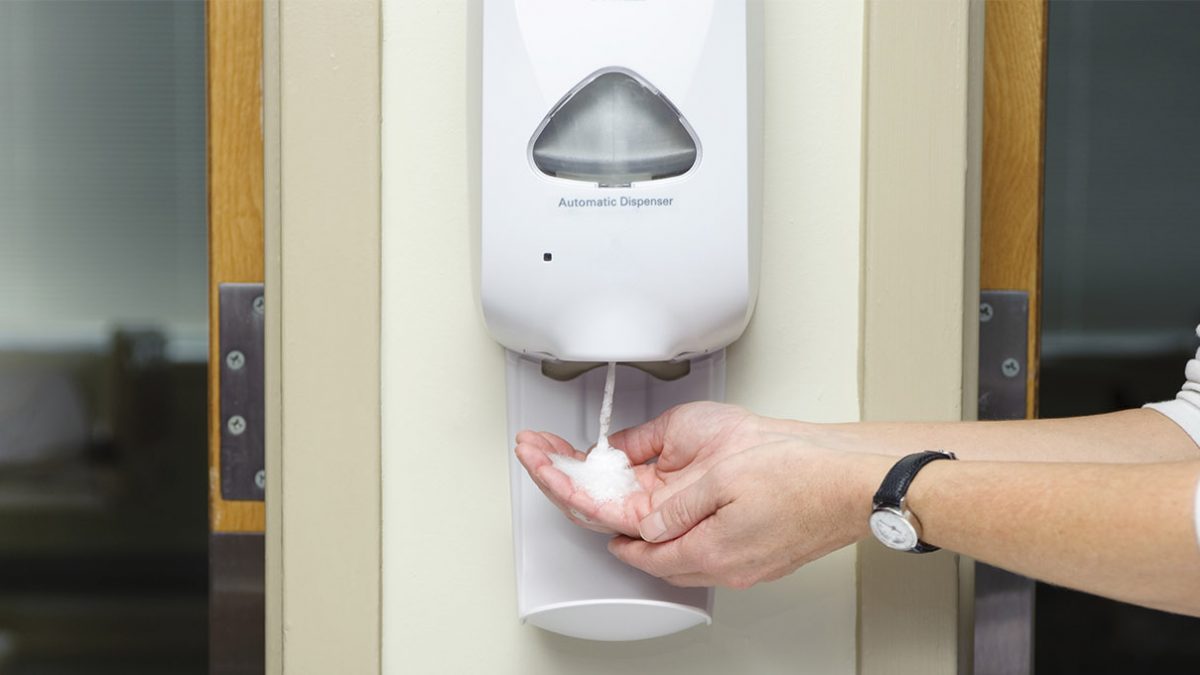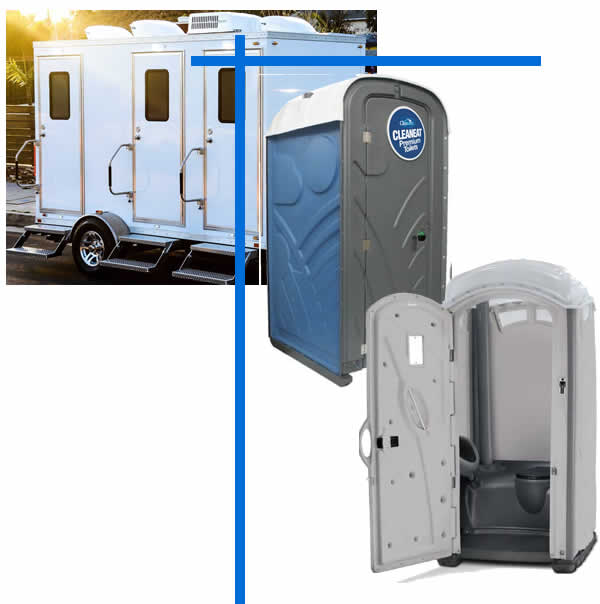
METHODS TO REMOVE HARD WATER STAINS FROM TOILETS
September 7, 2019
Difference Between Sanitizers and Disinfectants?
March 7, 2020THE IMPORTANCE OF HAND SANITIZER PLACEMENT IN THE WORKPLACE

A clean workplace is a safe work place. Nigerians spend more time Monday through Friday at the workplace than anywhere else, including their home. Additionally, 90 percent of office workers will come to work even when they are sick, in part due to an ever-growing workload. Throughout any given workday, employees use their hands to write up a report, shake hands with a new client, open doors, exchange cash and much more. All of these activities expose hands to harmful germs and bacteria.This makes the workplace a hotbed for germs and bacteria.
Illness is linked to productivity loss, costing employers and families millions of Naira annually in Nigeria. Considering that 80 percent of all infections are transmitted by hands, it’s crucial to implement an effective hand hygiene program at work. Proper hand hygiene compliance can reduce absenteeism and associated costs by 40 percent as research has shown. While washing hands with soap and water is the best way to ensure hands are properly washed and rid of germs, it isn’t always a viable option.
However, there is a simple solution: hand sanitizer. According to the World Health Organization (WHO), hand sanitizer is one of the best tools available to avoid getting sick and spreading germs. By placing hand sanitizer in strategic locations throughout the office, and other high traffic areas, you can encourage employees to improve their hand hygiene and make the office a healthier working environment.
Key Locations for Hand Sanitizer
The best way to remind employees to use hand sanitizer is by making it easily accessible and always within sight. It’s important to place hand sanitizer near and around high-touch surfaces and communal areas, including:
- Entrances and exits. A single doorknob could potentially be the cause of a widespread illness in the workplace. In fact, new research showed that a within two to four hours, a virus placed on a doorknob was picked up by 40 to 60 percent of workers and visitors within the facility. In addition to frequently disinfecting doorknobs, light switches and other high-touch surfaces within the workplace, make sure to also provide a hand sanitizing station nearby to limit the spread of infection.
- Cafeterias, food courts and break rooms, and if food is consumed with germ-ridden hands, it’s easy to digest the germs and become infected with several diseases. One of the germiest hotspots in an office is the breakroom and kitchen. Although hand sanitizer is not a replacement for anyone who prepares food, it can help eliminate certain germs.
- Meeting rooms. Meeting rooms are often packed with employees, clients and other visitors who exchange handshakes, thus swapping germs. By providing guests and employees with an easy-to-access hand sanitizing station, either near the door or at the table, allows them to safeguard their hands against germs before and after the meeting takes place.
- Employee desks. Desks, phones, computer keyboards and computer mice are key germ transfer points because people touch them so often. Considering that employees spend the majority of their day at their desks where they also eat, drink and even cough and sneeze, desks become “a minefield of viruses” which can live on a surface for up to three days. Placing individual hand sanitizers at desks keeps hand hygiene within reach.
- High traffic areas. Providing hand sanitizer outside of the office is also important. High-traffic areas like airport terminals, mall hallways and recreational centers should offer hand hygiene stations to ensure visitors stay as healthy as possible. Not only does this keep high-traffic areas clean, it helps improve the image of the airport, mall or rec center.
- Transaction counters: In a 2017 study, researchers swabbed $1 bills from a bank and discovered hundreds of species of microorganisms living on them. Additional research has found pathogens such as E. coli, salmonella and staphylococcus aureus on paper money, which all could lead to serious illness. After handling cash, it’s crucial to clean your hands, especially if you’re about to consume food shortly afterwards. Keeping hand sanitizer near transaction areas, such as the cafeteria check-out counter, reminds people to engage in hand hygiene when it’s needed most.
Selecting the Right Hand Sanitizer
While providing hand sanitizer at key locations throughout the workplace is essential to combating employee illness and absenteeism, it works best to provide the right type of sanitizer. Make sure to use an alcohol-based hand sanitizer that contains at least 70 percent alcohol. The higher alcohol percentage will usually translate into higher efficacy. Look for products with a 5-log minimum kill rate (99.999%) – which are 100 times more effective than 3-log (99.9%) sanitizers.
Consider using foam hand sanitizers, as 84 percent of adults prefer foam sanitizer over sticky gel. It’s also best to use sanitizers that contain moisturizers to prevent skin dryness, and are perfume- and dye-free to reduce potential allergic reactions and skin irritations.
Encouraging Hand Hygiene
A complete hand hygiene program goes beyond providing the right products. While having wall-mounted hand sanitizing dispensers and bottles on surfaces in and near germ hotspots is essential to improving the health of your workers, it’s only beneficial if workers regularly use them.
Provide posters, leaflets, internal newsletters and information boards near dispensers with reminders to clean hands and offer quick, easy facts about hand hygiene. These materials should also include information on how to properly use and apply hand sanitizer according to the 6 Step Method recommended by the World Health Organization, to ensure the correct amount is used and spread to cover all surfaces of both hands. Additionally, employers should offer educational seminars and meetings throughout the year to teach and remind employees on how they can improve their health with hand hygiene best practices.
As an employer, it’s important to lead change with an example. Encourage workers to use sanitizer often by doing so yourself. Don’t forget to stock up on hand hygiene refills during the cold and flu season as well. Lastly, it’s important to remind workers to take a sick day when necessary in order to keep germs away from the office and other healthy workers.
Sanitizing the Workplace
Using hand sanitizer reduces microbial counts and kills many harmful germs that could infect workers with the flu and other viruses. In order to keep the workplace a healthy and thriving environment, it’s critical that employers take into account the health of its employees. Providing hand sanitizer for employees, at desks and in communal areas, is just as essential as providing the right equipment and tools to do their job.
Apart from providing sanitizers in the work place, other ways to maintain a healthy work environment is regular office cleaning, fumigation, rug and upholstery cleaning. When all these are done, worker productivity is improved.



